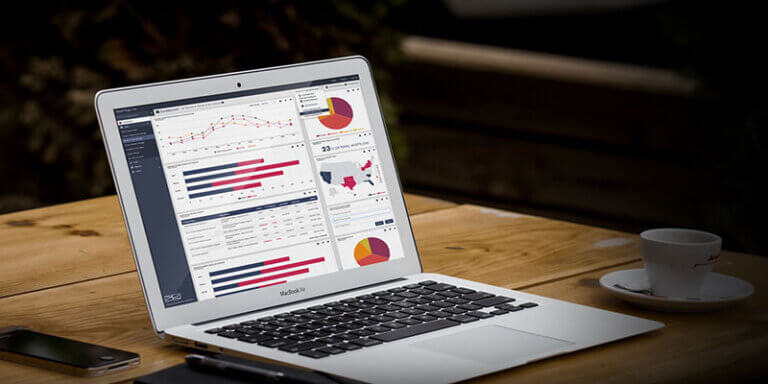Predictive Analytics Provide Big Gains for Small Insurance Companies
- Written By Mitchell Paden

It is no secret that the amount of data in the world is expanding at an extremely rapid pace, and in a time where business is being conducted online due to COVID-19, this rapid data production is going to accelerate more than ever. Of course, this mass influx of data is only useful to companies when they have access to it.
This data gap between insurance companies will widen even more due to COVID-19 as large companies with direct-to-consumer online platforms will see increased business due to stay-at-home orders and less in-person business. The increase in online business could be used in predictive models to analyze marketing trends and gain new market share, which leads to more business to enrich pricing and claim triage models, which increases profits and the ability to gain market share. From there, the cycle will start all over again.
A large data gap already exists between large and small companies, and now the gap for online business capabilities is also growing at an increasing rate. What can small companies do to help make sure that gap does not become insurmountable?
Luckily, external data is now more readily available and easily accessed than ever before. Companies with little data (or in some cases even no data) can take advantage of external information for predictive modeling. Some examples of external data sources include:
- Government information such as census demographics, weather databases, occupational statistics, geospatial, and property tax information.
- Numerous industry statistics and services from advisory organizations such as ISO, NISS, or NCCI.
- Industry information from publicly available rate filings and financial statements.
- Quote comparison services for competitive analyses.
Misconceptions about small companies’ ability to use predictive analytics are not limited to data constraints. There is also a common misconception about the models themselves having to be extremely sophisticated. While it may be true that many companies are using such complex models, smaller companies can still benefit from the use of analytics by simplifying their scope to accommodate less data. Some examples include:
- Creating models that assist with monitoring programs by ranking predictors with the largest impact on results. These give quick insights to help focus additional research.
- Using simpler assumptions and grouping variable levels in order to increase the credibility of the model.
- Combining company data with external data sources to add additional predictors to your results.
- Consulting with industry experts to follow modeling best practices such as removing data outliers and/or missing values in order to maximize the amount of usable data and not skew results.
Not only can these scenarios be applied today to help insurer performance, but Perr&Knight has experience in assisting clients in each and every one of them. With both experienced predictive modeling personnel and industry expertise in virtually all lines of insurance, Perr&Knight is uniquely qualified to assist small companies in implementing predictive analytics to help improve insurer performance and profitability.
As the world continues to evolve technologically, so too does the sophistication of insurance products and the insurance process. It is important for small companies to modernize their approaches to help minimize the data gap in an increasingly data-driven environment.



